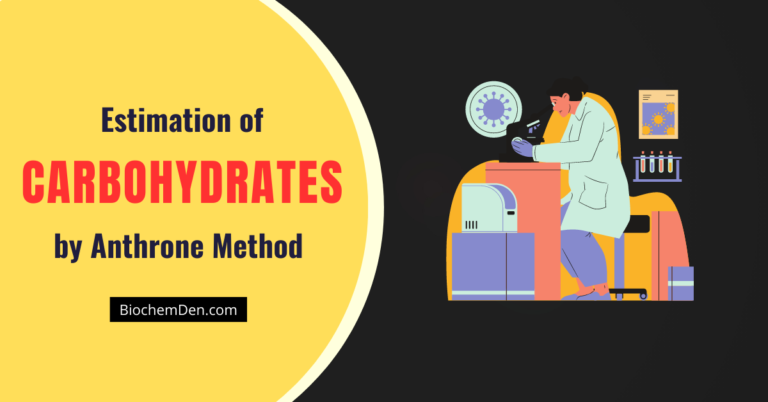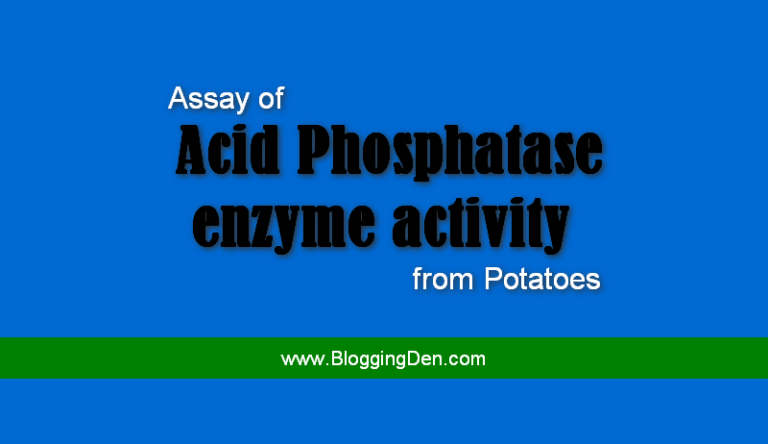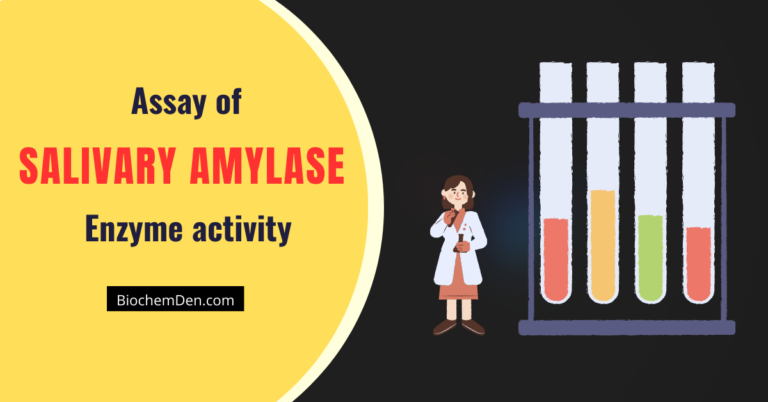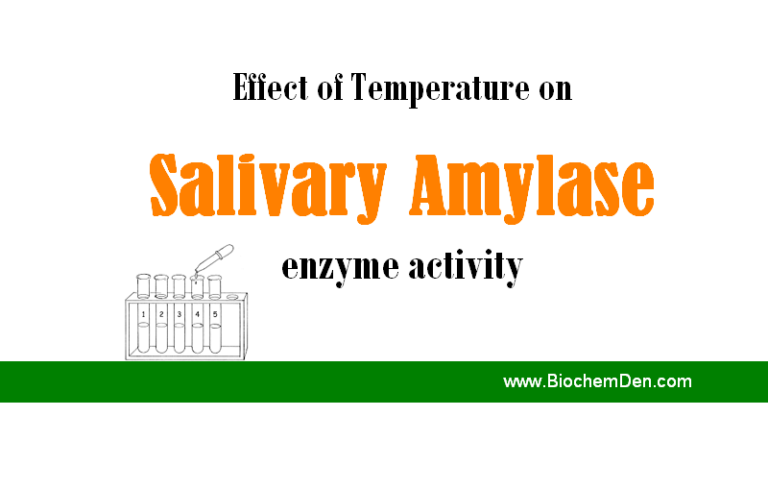This is the Biochemistry Protocols section post. Here we are providing the “Assay of Urease enzyme activity” protocol. before going to the protocol we need to know a few points about “Urease Enzyme”.
What is Urease?
Urease is a hydrolytic enzyme that catalyzes Urea into Carbon dioxide and ammonia. The Enzyme Commission Number is 3.5.1.5. This reaction follows
(NH2)2CO + H2O →CO2 + 2NH3
In 1926, James B. Sumner, an assistant professor at Cornell University, showed that urease is a protein by examining its crystallized form. Sumner’s work was the first demonstration that a pure protein can function as an enzyme, and led eventually to the recognition that most enzymes are in fact proteins and the award of the Nobel Prize in chemistry to Sumner in 1946.
Special characteristic features of Urease Enzyme
- An active site requiring nickel in jack-beans and several bacteria. However, in vitro activation also has been achieved with manganese and cobalt
- Molecular weight: 480 kDa or 545 kDa for jack-bean Urease (calculated mass from the amino acid sequence). 840 amino acids per molecule, of which 90 are cysteines.
- Optimum pH: 7.4
- Optimum Temperature: 60 degrees Celsius
- Enzymatic specificity: Urea and Hydroxyurea
- Inhibitors: Heavy metals (Pb−& Pb2+)
Assay of Urease Enzyme Activity (UPDATED)
Download this protocol in PDF format and use it in your practical laboratory.

Assay of Urease Enzyme Activity
Aim:
To assay the urease activity
Reaction:
The enzyme splits urea liberating NH3 and CO2 as per the following reaction.
Principle:
The reaction is stoichiometric the enzyme activity is easily determined by measuring the amount formed this can be observed colorimetrically. Since NH3 forms a brown complex in the presence of Nessler’s reagent (K2 Hg I).
Reagents:
- 66N H2SO4 (N=36) [calculated value is 1.83ml / 100ml distilled water]
- 3% Urea
- 1M Na tungstate [16.493 gms/50ml]
- 2M Phosphate buffer (pH = 7)
- Stock standard: Dissolve 20mgs of NH4 (SO4)2 in 100ml of distilled water
- Nessler’s reagent
Standard Graph:
A pure ammonium sulfate solution (20mg/100ml) is prepared and different aliquots of it are taken and the volume is made up to 3ml with distilled water. To this 1ml of Nessler’s reagent is added. After mixing the color intensity is measured at 500nm. A standard graph is drowning in the usual way.
Enzyme source:
Horse gram seeds contain a high concentration of the enzyme. The seeds are powdered in a pestle and motor and about 1gm of finely grind powder is suspended in 100ml of distilled water and stirred well. This suspension is filtered through a coarse cloth and filtrate is used as the enzyme source.
Enzyme Assay:
Pipette out 1ml of substrate solution i.e., 3% Urea solution buffered with 1ml of 0.2M phosphate buffer (pH 7). Add 1 ml of enzyme extract and incubate at 550C for 15 minutes. At the end of incubation time quickly place the tubes on the ice. Add 1 ml of 0.66N H2SO4 to stop the reaction and 1 ml of 1M sodium tungstate solution to precipitate the protein. Filter or centrifuge to remove the precipitate and aliquots of supernatant are assayed for NH3 and the enzyme activity is calculated.
Result:
The amount of Ammonia present in the given unknown sample is _____________mg of Ammonium (NH3) formed / 1 ml of enzyme / 15 minutes.
Assay of Urease Enzyme Activity (UPDATED)
Download this protocol in PDF format and use it in your practical laboratory.

Few other Protocols
- Effect of Temperature on Amylase activity
- Isolation of Glycogen from Liver
- Estimation of Pyruvate by using 2,4 DNP
- Effect of Enzyme Concentration on Alpha-Amylase Activity
- Isolation of Starch from Potatoes
- Estimation of Saponification Value of Fats/Oils
- Time Course of Enzyme Activity (Alpha-Amylase)
- Effect of Substrate Concentration on Alpha-Amylase Activity
- Effect of pH on enzyme activity and determination of optimum pH
- Estimation of Tyrosine by the “FC Method”
- Estimation of Proteins by “Lowry method”
- Estimation of Protein by the Bradford Method
Discover more from Biochemistry Den
Subscribe to get the latest posts sent to your email.






